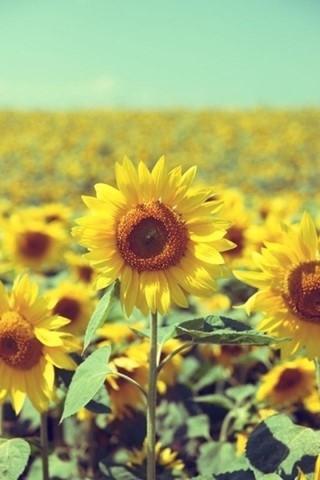Celebrating Yellow Monday with our top 10 favourite yellow blooms
A joyous occassion is best celebrated with flowers. So of course, on our annual AnOther Yellow Monday, we present our top 10 favourite yellow-coloured flowers, from the ubitiqutous and Van Gogh-associated sunflower to the lesser-known Silver Wattle.
1. Sunflower
Sunflowers are one of the fast growing plants and are believed to have originated in Mexico around 2600 BC. The daily orientation of the flower to the sun is a direct result of differential growth of the stem. A plant-growth regulator, or auxin, accumulates on the shaded side of a plant when conditions of unequal light prevail. Because of this accumulation, the darker side grows faster than the sunlit side. Thus, the stem bends toward the sun. During the 18th century, the use of sunflower oil became very popular in Russia, particularly with members of the Russian Orthodox Church, because sunflower oil was one of the few oils that was allowed during Lent.
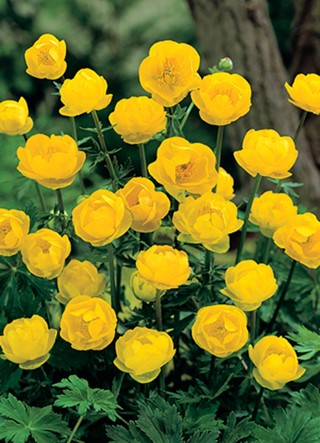
2. Globe-flower
Bright yellow and globe-shaped with ‘locked-up' chrysanthemum-like flowers and crow's-foot leaves and can be found growing in damp meadows and near water. The flowers are hermaphrodite and are pollinated by bees and flies, as well as being self-fertilising.
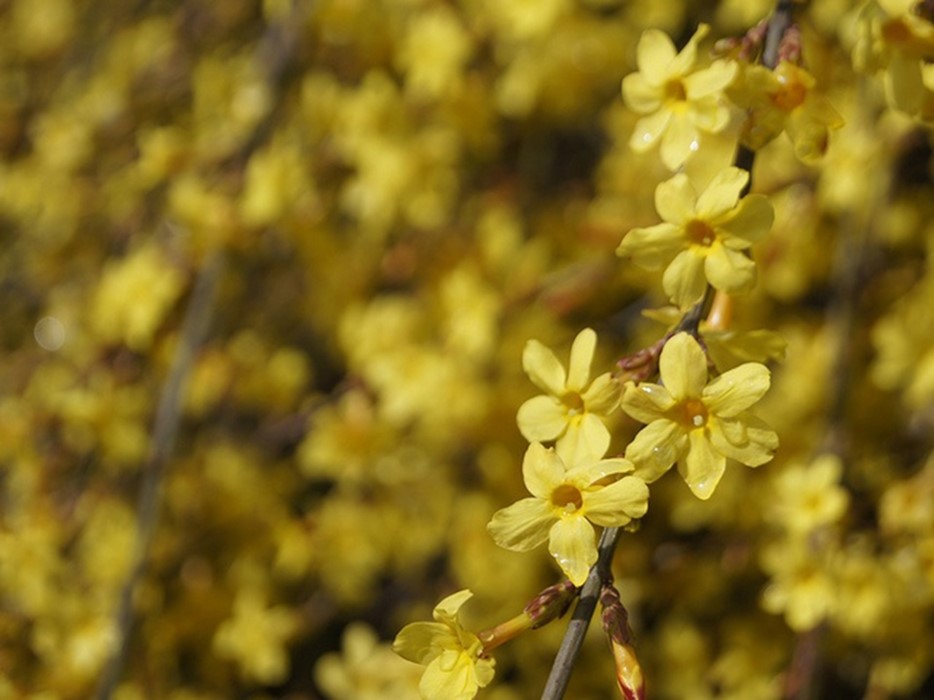
3. Winter Jasmine
A popular climber with a delicate scent, the glossy green leaves fall off in autumn leaving bright green branches that burst into bloom in January. Growth is more like a rangy shrub than a vine, but is best treated like a vine with long canes tied to a trellis or obelisk.
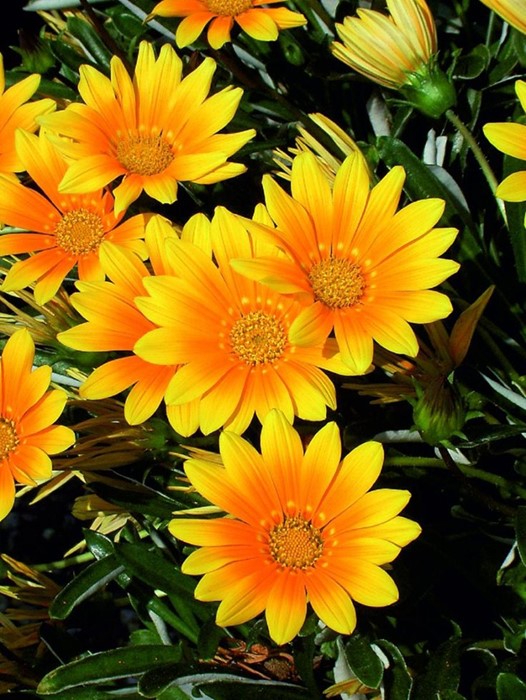
4. Coastal Gazania
Low growing perennials from South Africa. Their silvery-green leaves are usually long and narrow, and often lobed. They have bright, colourful flowers in white, cream, yellow, red and brown, often with contrasting bands or spots. The main flowering period is spring and early summer, but they flower at other times of the year.
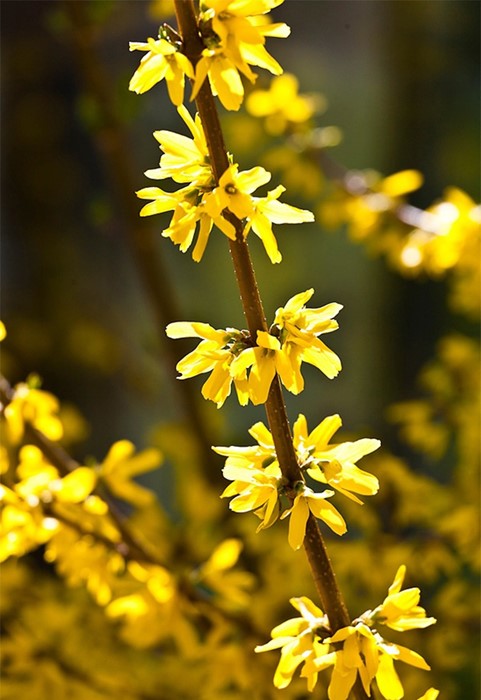
5. Border Forsythia
The border forsythia is a deciduous shrub that grows 8 to 10 feet tall and can attain widths of 10 to 12 feet. It is a vigorous grower that possesses upright shoots as well as arching branches, and they display medium to dark green color above and lighter on the underside during the summer. The foliage holds late into fall and is green to yellow-green. Sometimes border forsythia displays purple tinges over the base yellow color. It is one of the first plants to bloom in the spring and is adaptable to many soils making it easily transplanted and established.
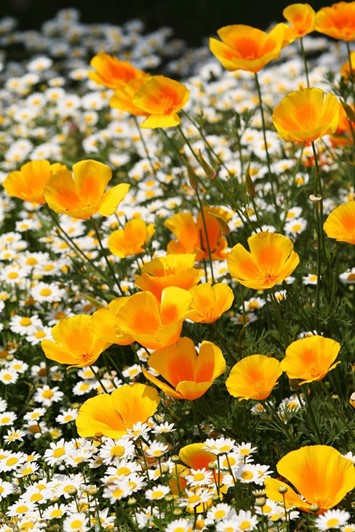
6. Golden Poppy
The Golden Poppy, belonging to the Papaveraceae family, grows wild throughout California, and became the state flower in 1903. Golden Poppy bloom in open areas, grassy or sandy slopes. Poppy oil, derived from the Golden Poppy seeds, is employed in cooking and illumination and in paints, varnishes, and soaps, and the seed is also ground for flour. The Golden Poppy has been the symbol of the dead and of sleep since antiquity.
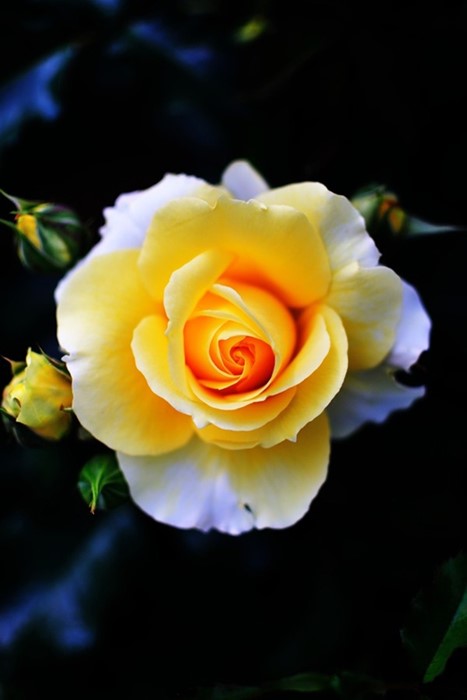
7. Yellow rose
The rose is traditionally the flower of love. In Greek and Roman mythology, the rose was used as a symbol of Venus and Aphrodite, the goddesses of love. Many countries use rose products as medicine or food. Rose water is often used in the Middle East and Asia as an ingredient in cooking. In October 1989, Dolly Parton released the track Yellow Roses.
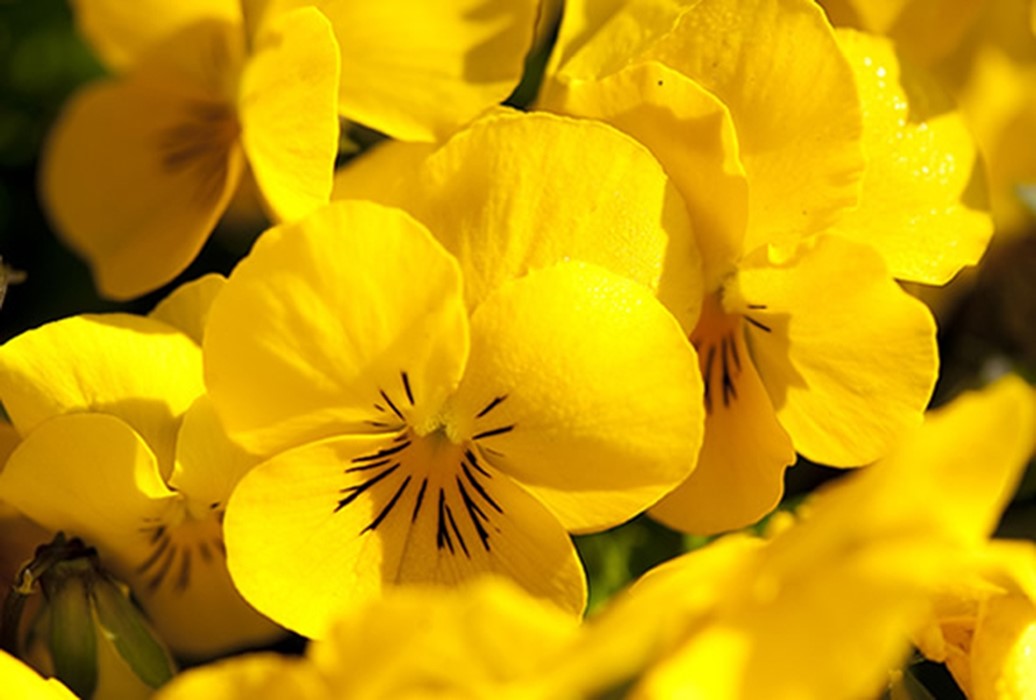
8. Pansy
Planted in autumn in Mediterranean climates where winters are mild, these cheerful little flowers bloom for months until warm weather returns. As temperatures increase, pansies cease to bloom and the foliage begins to look worn and ragged. The reasoning behind the pansy being the symbol of free thought lies in both the flower’s name and appearance. The pansy derives its name from the French word pensée, which means “thought”; it was so named because the flower resembles a human face, and in mid-to-late summer it nods forward as if deep in thought. The French believed that pansies could make your lover think of you. If a maiden found a honey flower and a pansy left for her by an admirer, it would mean: “I am thinking of our forbidden love”. However, it is considered bad luck if given to men.

9. Silver Wattle
The silver wattle is an evergreen tree native to New South Wales, Victoria and Tasmania and was introduced from Tasmania in 1820. The shoots are noticeably angular in section and bear bipinnate, blue green leaves. Harvested as a commercial crop the foliage is often included in cut flower arrangements as material is available all year round and it looks attractively fern-like. The highly fragrant flowers, arranged in large terminal racemes, are born in spring. Acacia dealbata is tolerant of several degrees of frost and it has been known to survive at -10ºC for short periods. It can be successfully cultivated outside in favoured regions of the UK given a suitably sheltered position. In cooler climates Acacia dealbata makes a wonderful specimen in a cool glasshouse or conservatory. Although a tree under natural conditions it is amenable to pot cultivation under glass.
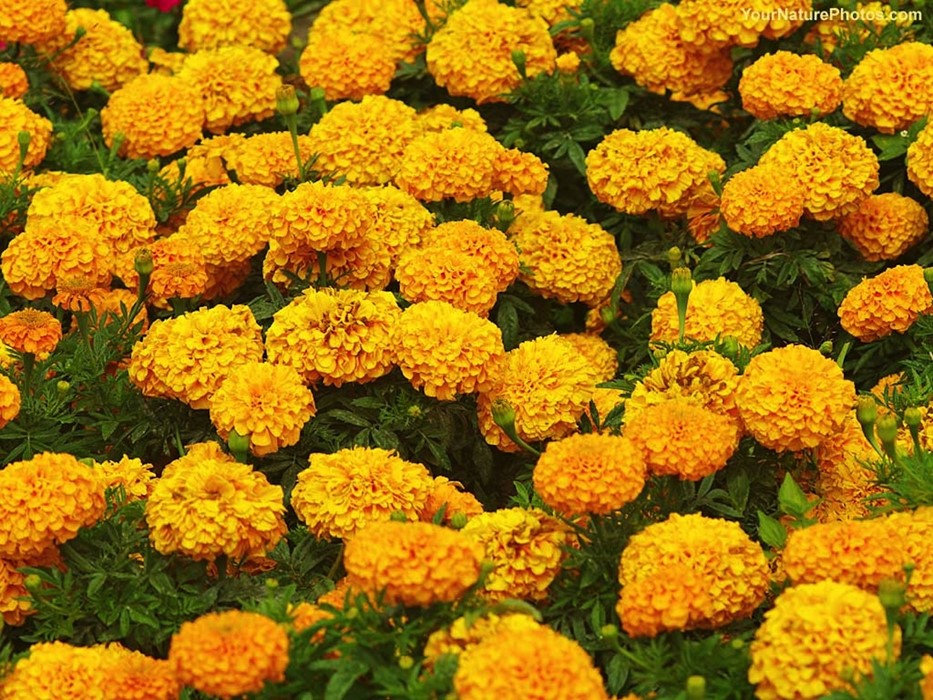
10. Marigold
Marigold is an extremely effective herb for the treatment of skin problems and can be used wherever there is inflammation of the skin. As an ointment, Marigold is an excellent cosmetic remedy for repairing minor damage to the skin such as sub dermal broken capillaries or sunburn. The sap from the stem is reputed to remove warts, corns and calluses. In the 12th century Macer wrote that merely looking at the Marigold plant would improve the eyesight and lighten the mood. In South Asia, bright yellow and orange Marigold flowers are used in their thousands and placed in garlands and to decorate religious statues and buildings. They are also used as offerings and decoration at funerals, weddings and other ceremonies. Pigments in Marigolds are sometimes extracted and used as a food colouring.
Text by Laura Bradley
